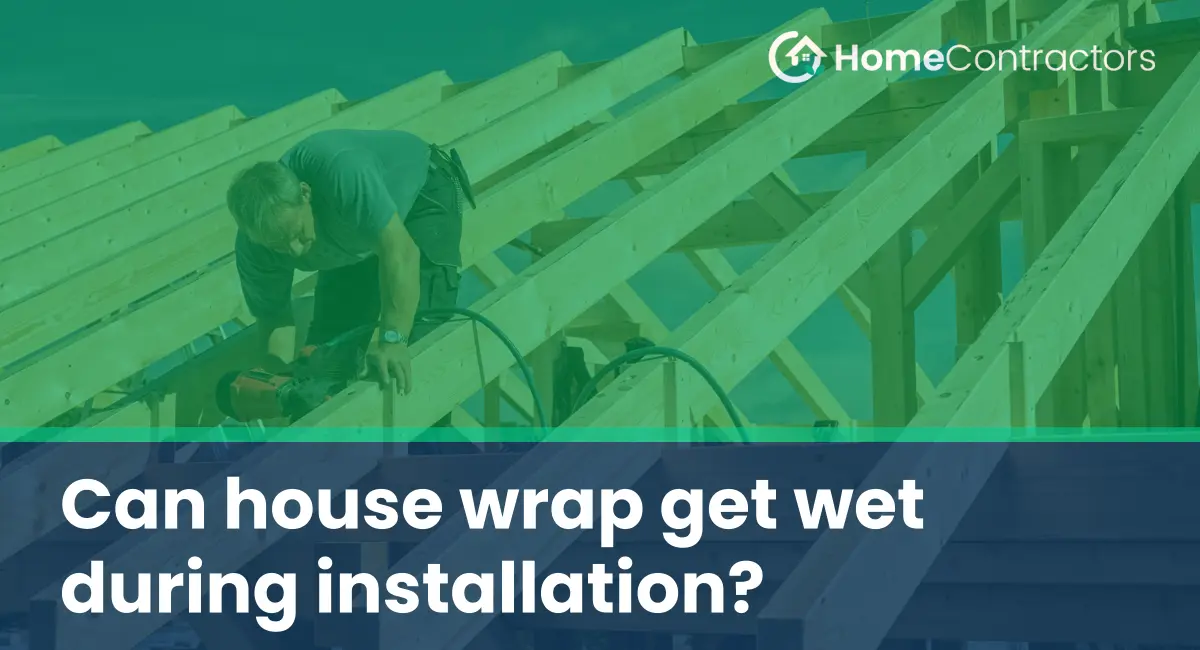House wrap is an essential component of modern home construction. It serves as an additional protective layer against moisture, drafts, and other elements that can compromise the structural integrity and energy efficiency of a building. However, a common concern among homeowners and contractors is whether house wrap can get wet during installation. In this article, we will explore this issue in detail, examining the effects of moisture on house wrap and offering guidance on how to ensure its proper installation.
Understanding House Wrap:
Before delving into the issue of moisture exposure, it is important to understand what house wrap is and its purpose. House wrap is a moisture-resistant barrier made of various synthetic materials, such as polyethylene or polypropylene. It is installed over the sheathing and underneath the exterior cladding of a house, creating a protective layer that prevents water infiltration while allowing moisture vapor to escape.
The Importance of a Dry Installation:
While house wrap is designed to resist moisture, it is generally recommended to ensure a dry installation. A wet installation may compromise the effectiveness of the house wrap and potentially lead to issues down the line. Therefore, it is crucial to take appropriate measures to protect the house wrap during installation.
Protecting House Wrap During Installation:
1. Timing and Weather Considerations:
One of the key factors in ensuring a dry house wrap installation is timing. It is crucial to schedule the installation on a dry and sunny day. Checking the weather forecast beforehand can help avoid potential issues caused by rain or high humidity. Postponing the installation if rain is expected can prevent moisture from seeping into the house wrap.
2. Proper Storage:
Before installation, it is essential to store the house wrap correctly. Keep it in a dry environment and protect it from direct exposure to sunlight or moisture. Ideally, the house wrap should be stored horizontally in a covered area such as a garage or shed. This will prevent it from being exposed to rain or high humidity while waiting for installation.
3. Protect House Wrap during Installation:
During the installation process, it is vital to take precautions to prevent the house wrap from getting wet. These include:
a) Avoiding Installation During Rainy Conditions: If rainfall begins during the installation process, it is crucial to pause the work and cover the exposed house wrap with a tarp or other waterproof material until the rain subsides.
b) Proper Sealing: Ensure that all seams and edges are properly sealed using an appropriate tape or adhesive. This step is critical to creating an effective moisture barrier.
c) Utilizing Proper Fasteners: Use properly sized and correctly installed fasteners to secure the house wrap to the sheathing. These fasteners should not penetrate the house wrap itself, as this can create potential entry points for moisture.
While house wrap is designed to withstand some exposure to moisture, it is best to ensure a dry installation to maximize its effectiveness. By taking preventive measures, such as scheduling the installation during favorable weather conditions, properly storing the house wrap, and protecting it during the installation process, homeowners and contractors can safeguard the integrity of the moisture-resistant barrier. Remember, the goal is to create a durable and effective barrier against water infiltration that will contribute to the long-term durability and energy efficiency of the building.
